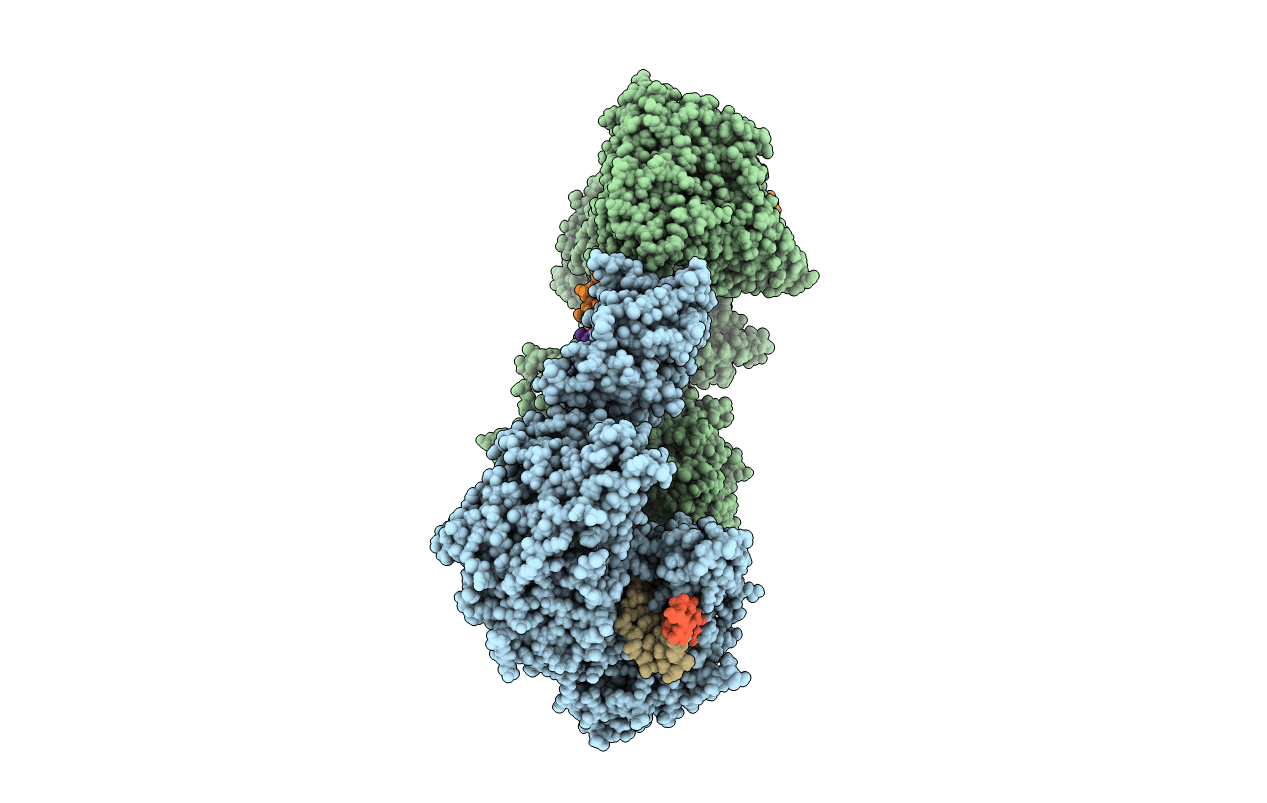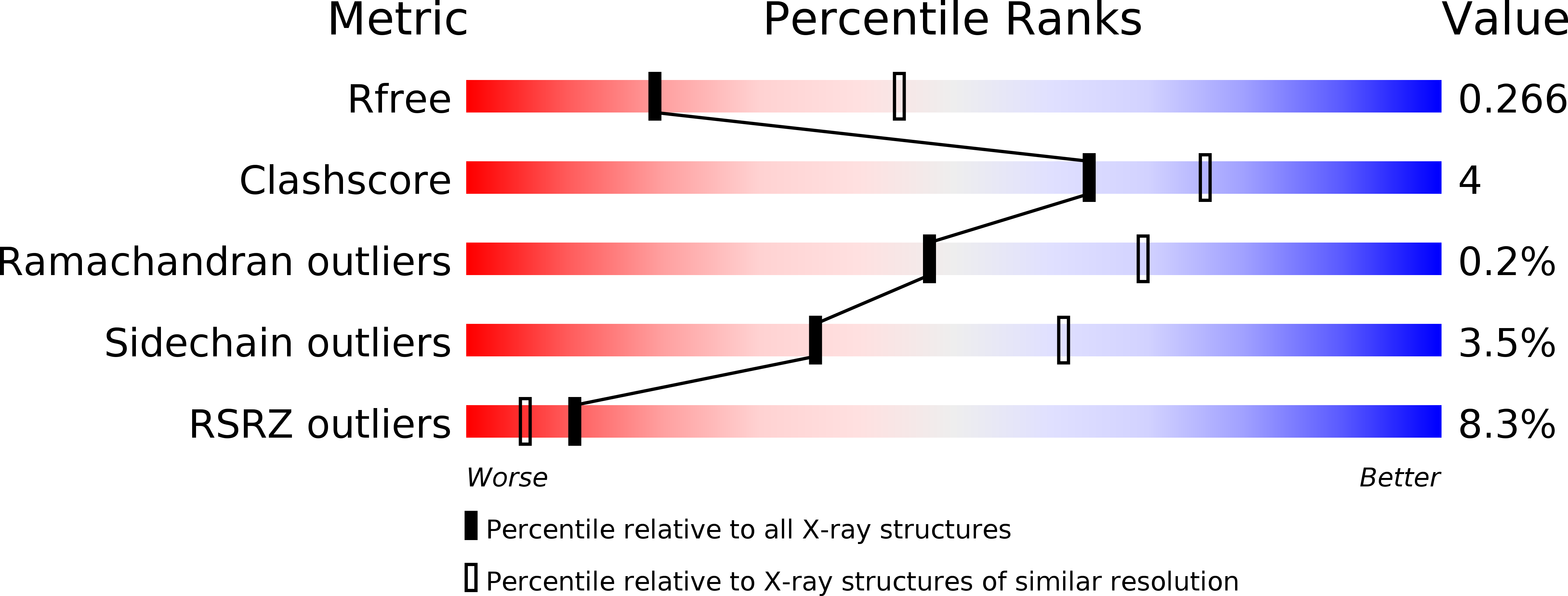
Deposition Date
2015-12-18
Release Date
2016-03-30
Last Version Date
2024-03-20
Entry Detail
PDB ID:
5FFJ
Keywords:
Title:
Structure of a nuclease-deletion mutant of the Type ISP restriction-modification enzyme LlaGI in complex with a DNA substrate mimic
Biological Source:
Source Organism:
Lactococcus lactis (Taxon ID: 1358)
unidentified (Taxon ID: 32644)
unidentified (Taxon ID: 32644)
Host Organism:
Method Details:
Experimental Method:
Resolution:
2.84 Å
R-Value Free:
0.26
R-Value Work:
0.22
R-Value Observed:
0.23
Space Group:
P 1 21 1


